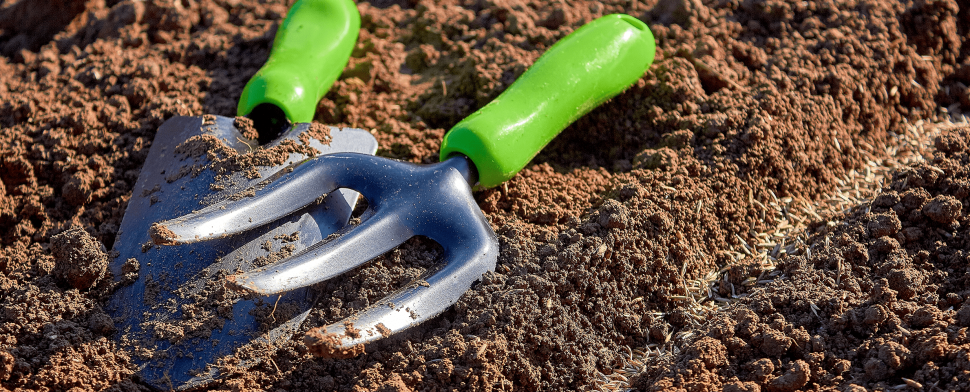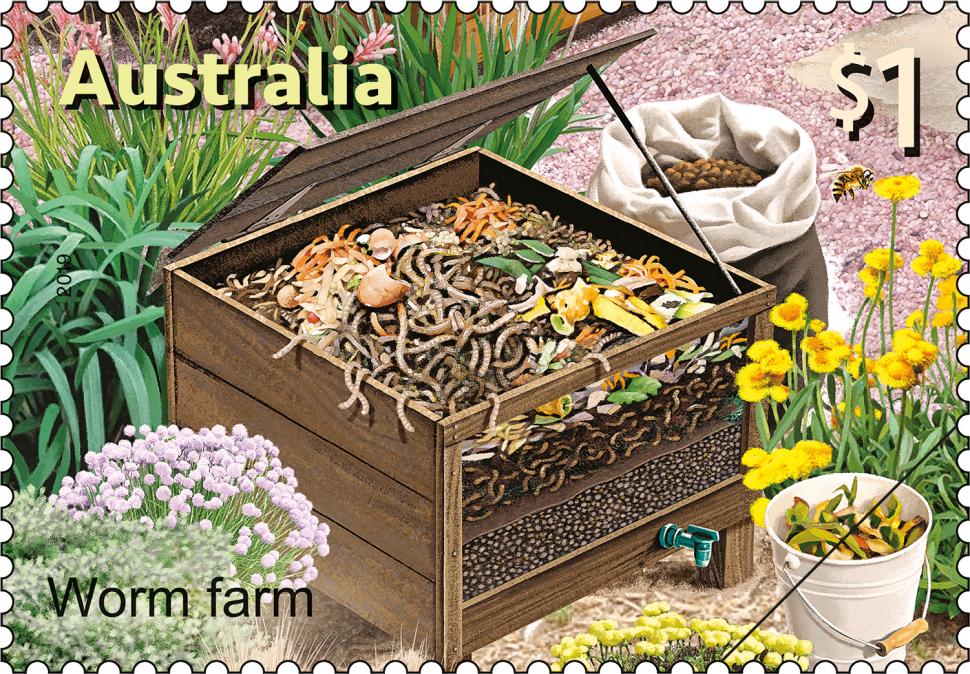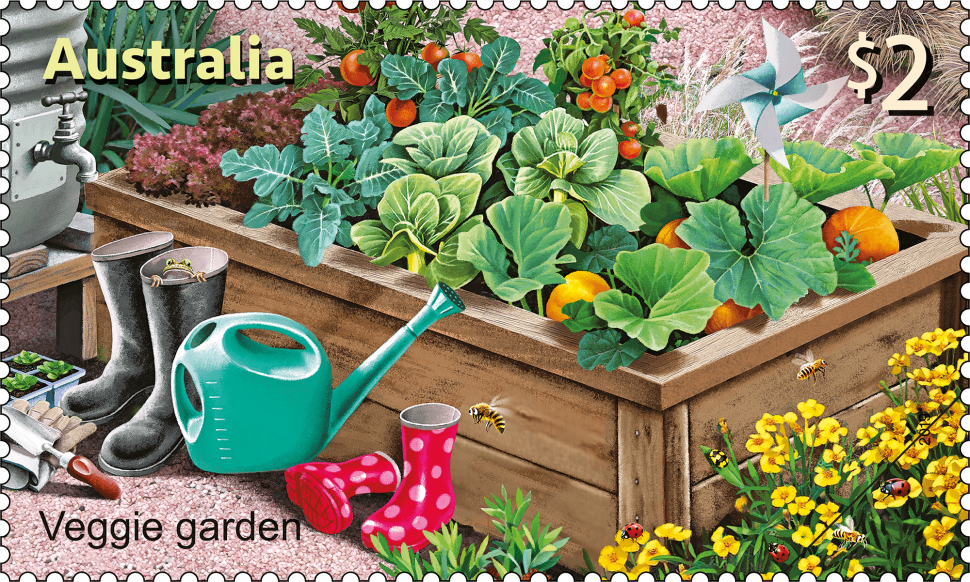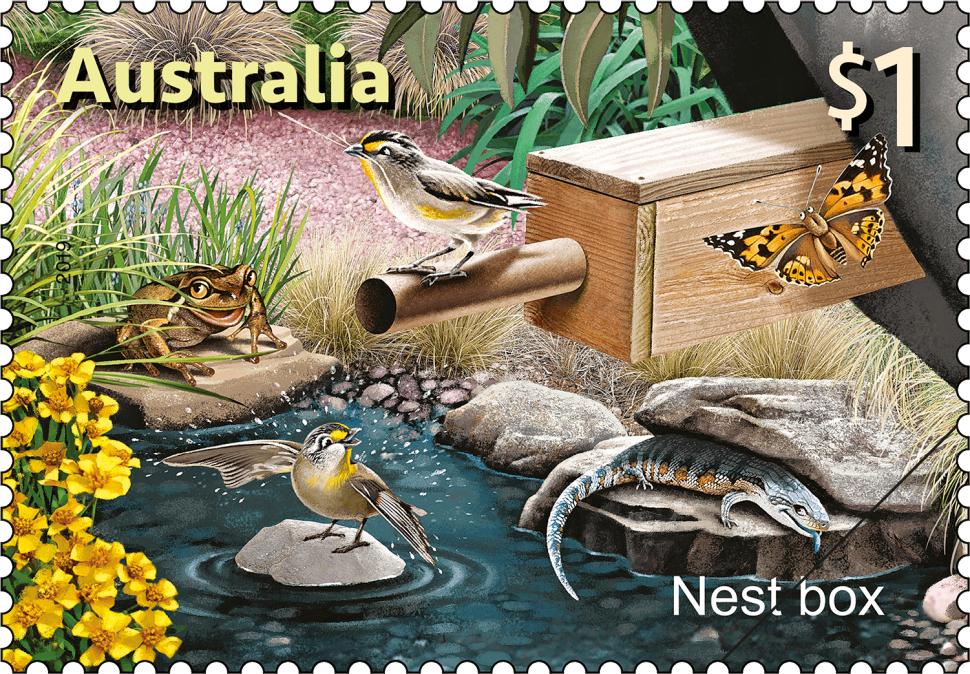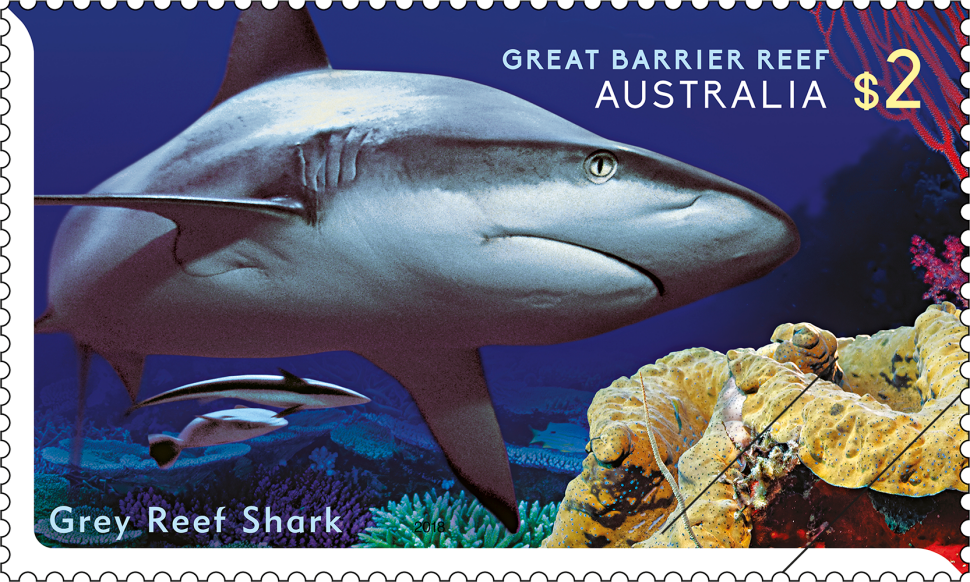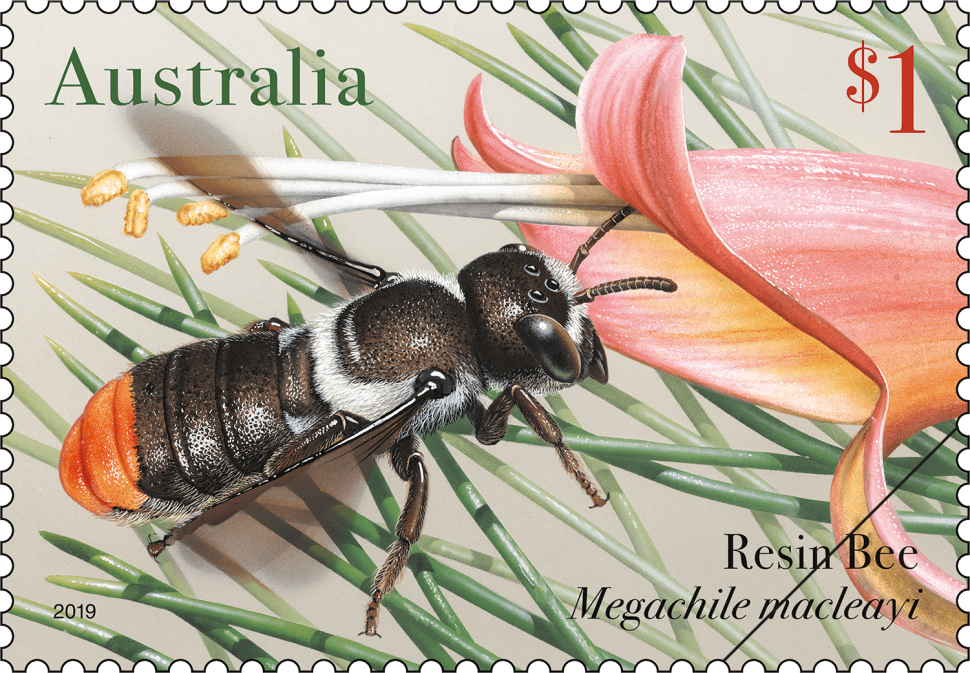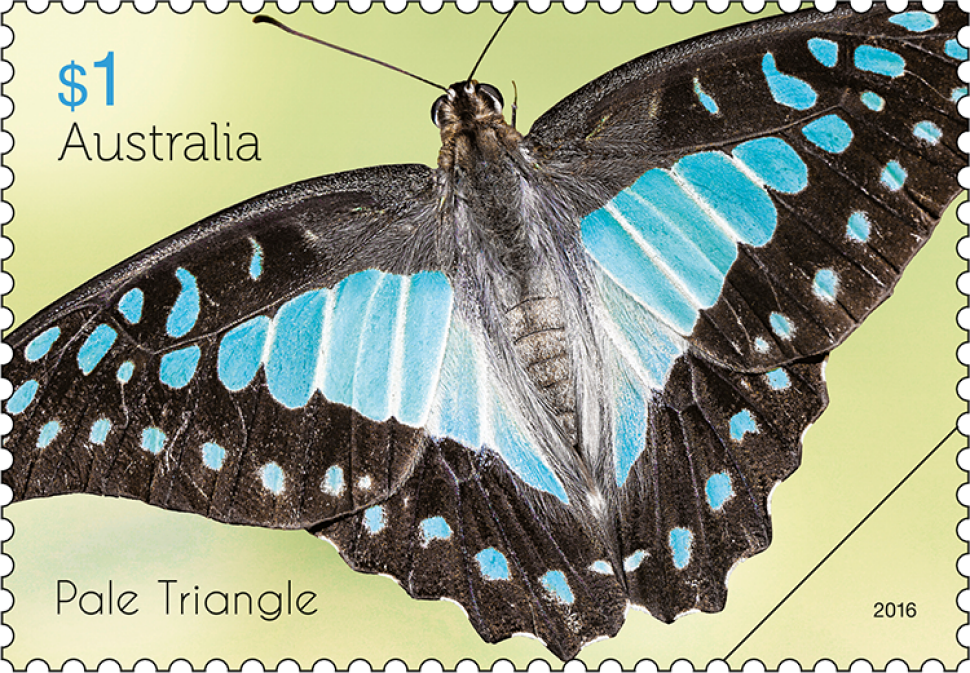Overview
Sustainable gardening is a way of gardening that seeks to minimise environmental impacts and promote sustainable living. It involves being water-wise, managing waste, growing seasonal produce, being mindful of plant and animal lifecycles, promoting biodiversity, and more.
The “In the Garden” stamp issue presents a sustainable garden scene. It is set within a fictitious Australian suburb in a temperate climate. The garden includes perennial native trees, shrubs and groundcover plants that don’t require a lot of water and which attract helpful animal species to the garden, including pollinating birds and insects.
The garden is a thriving and inviting space where the whole family has fun with a range of sustainable gardening projects, including building and tending to a worm farm, rainwater garden, nest box and veggie patch, as well as going bird watching, hunting for worms, investigating the pond, and more.
Technical specifications
- Issue date
- 1-August-2019
- Issue withdrawal date
- 29-February-2020
- Denomination
- 4 x $1, 1 x $2
- Stamp illustration
- Andrew Hopgood
- Product design
- Jo Mure, Australia Post Design Studio
- Typography
- Jo Mure, Australia Post Design Studio
- Paper: gummed
- Tullis Russell
- Paper: self-adhesive
- Securepost MC90
- Printer
- EGO
- Printing process
- Offset lithography
- Stamp size (mm)
- 26 x 37.5
- Stamp size - double definitive (mm)
- 50 x 30
- Minisheet size (mm)
- 170 x 210
- Perforations
- 14.6 x 13.86
- Perforations - double definitive
- 14.4 x 14
- Sheet layout
- Modules of 50, printed on silver foil
- Sheet layout - double definitive
- Module of 25
- FDI Postmark
- Watergardens, Vic 3038
- FDI withdrawal date
- 30-August-2019
A rainwater garden, as its name suggests, makes use of rainwater but also benefits the health of surrounding waterways. It is a specifically designed and constructed garden bed that takes rainwater directly from the roof – the downpipe goes straight into it and overflow is directed into the stormwater system. A filtering mechanism is used to remove pollutants.
This rainwater garden houses Dianella caerulea and Green Kangaroo Paw (Anigozanthos viridis), with pebbles surrounding the plants to retain soil moisture. Buzzing around the purple, strappy-leafed Dianella is a Blue-Banded Bee, a native bee that carries out “buzz pollination”. Buzz pollination is a technique that allows certain species of bees to release pollen from flowers with tubed-shaped anthers by gripping the flower and causing vibrations with its rapid wing movement. Honey bees can’t perform this type of pollination.
Worms are incredible composters. Creating a worm farm enlists industrious worms to compost kitchen waste and produce nutritious fertiliser for the garden.
The worm farm is housed in a box made from recycled non-treated timber and has three layers: a layer for food waste and leaf litter, a layer for the worms to digest and sleep, and a layer to collect the worm “juice”, which becomes the concentrated liquid fertiliser that is so beneficial to the garden. The worm castings (worm waste) can also be used as slow-release fertiliser.
Many crops that we eat (fruits, vegetables and nuts) require animal-assisted pollination to grow and reproduce. In our garden, birds, butterflies and bees move pollen from the male structures of a plant (“anthers”) to the female structures (“stigma”). This results in fertilisation, which in turn allows the flower to produce seeds and bear fruit, and causes new plants to grow.
On this stamp, we can see an Eastern Spinebill (Acanthorhynchus tenuirostris), a honey-eater found in south-eastern Australia that feeds on the nectar of Bottlebrush (Callistemon) flowers. The Brachyscome daisies and Clustered Everlasting daisies attract pollinators such as honey bees, Painted Lady butterflies and native bees.
This veggie garden is housed in a raised, contained garden bed, so as to grow pesticide-free vegetables in a way that doesn’t involve digging up the ground and trampling through and compacting the soil. It is located in a sunny part of the garden, and at various times of the year, produces tomatoes, lettuce, cucumber, pumpkin, broccoli and broad beans.
A marigold serves as a companion plant to attract bees for pollination and pest-eating ladybirds. Traditional scarecrows aren’t the best choice for a sustainable garden, as they can scare away the smaller birds that we want to attract and retain. Instead, we have included a small wooden windmill.
The Striated Pardalote (Pardalotus striatus) is a small (nine to 10 centimetres) and brightly coloured insect-eating bird, found only in Australia. This species enjoys living in gum trees, feeding in the foliage in the tree tops, though also sometimes in low shrubs. It also helps to keep down insect pests in the garden.
In addition to a pond or bird bath, one way of attracting and protecting the small birds in the garden is by constructing a nest box. This allows the birds to live, breed and build their nests in a protected environment. Nest boxes can also be constructed for other wildlife such as bats and possums.
Shop our stamp collectables
Set of stamps:
This set of stamps contains all five stamps from the In the Garden: SCM 2019 stamp issue.
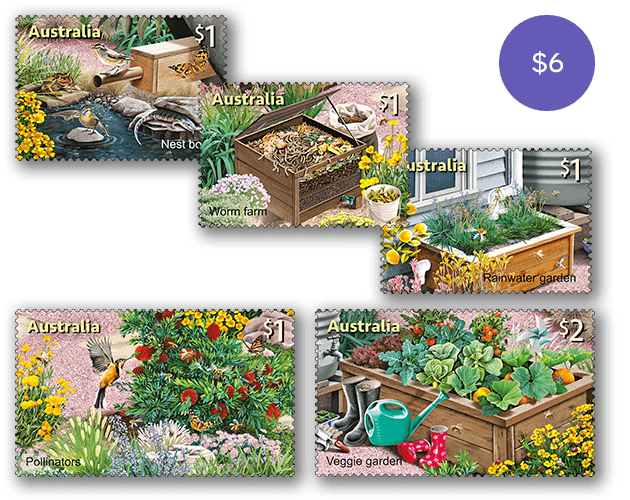
Stamp pack:
The In the Garden: SCM 2019 stamp pack contains all five stamps and large minisheet from the stamp issue presented in high quality folder.
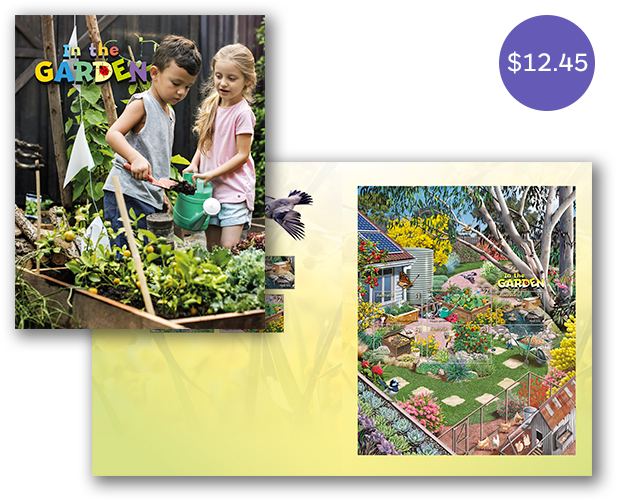
Maxicard set:
This maxicard set contains the five maxicards from the In the Garden: SCM 2019 stamp issue.
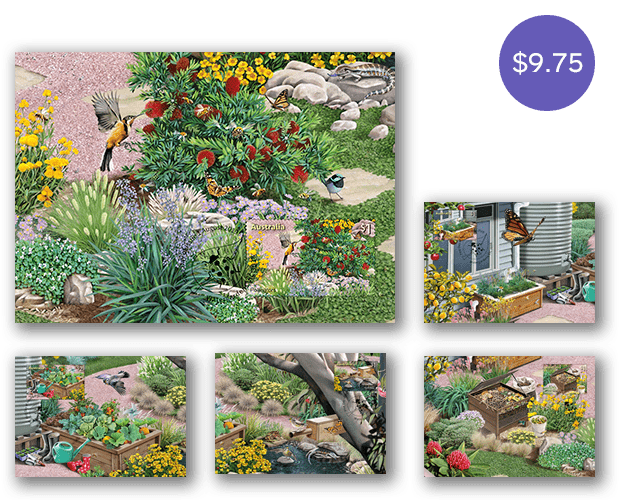
Sheetlet:
The In the Garden: SCM 2019 large minisheet consists of the five stamps from the issue incorporated into a stamp sheet.
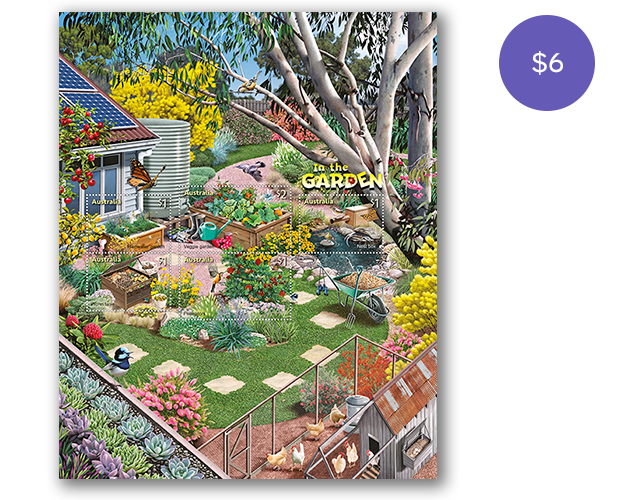
- Set of stamps
- Stamp pack
- Maxicard set
- Sheetlet
Additional products:
- In the Garden stamp and medallion cover
- In the Garden stamp and three medallions cover
- In the Garden prestige booklet
- Booklet of 20 x $1 In the Garden stamps
- Booklet of 10 x $1 In the Garden stamps
- Gutter strip 10 x $2 Veggie garden stamps
- Gutter strip 10 x $1 Pollinators stamps
- Gutter strip 10 x $1 Nest box stamps
- Gutter strip 10 x $1 Worm farm stamps
- Gutter strip 10 x $1 Rainwater garden stamps
- Pictorial envelope for the In the Garden stamp issue
- First day In the Garden gummed stamps cover
This content was produced at the time of the stamp issue release date and will not be updated.
